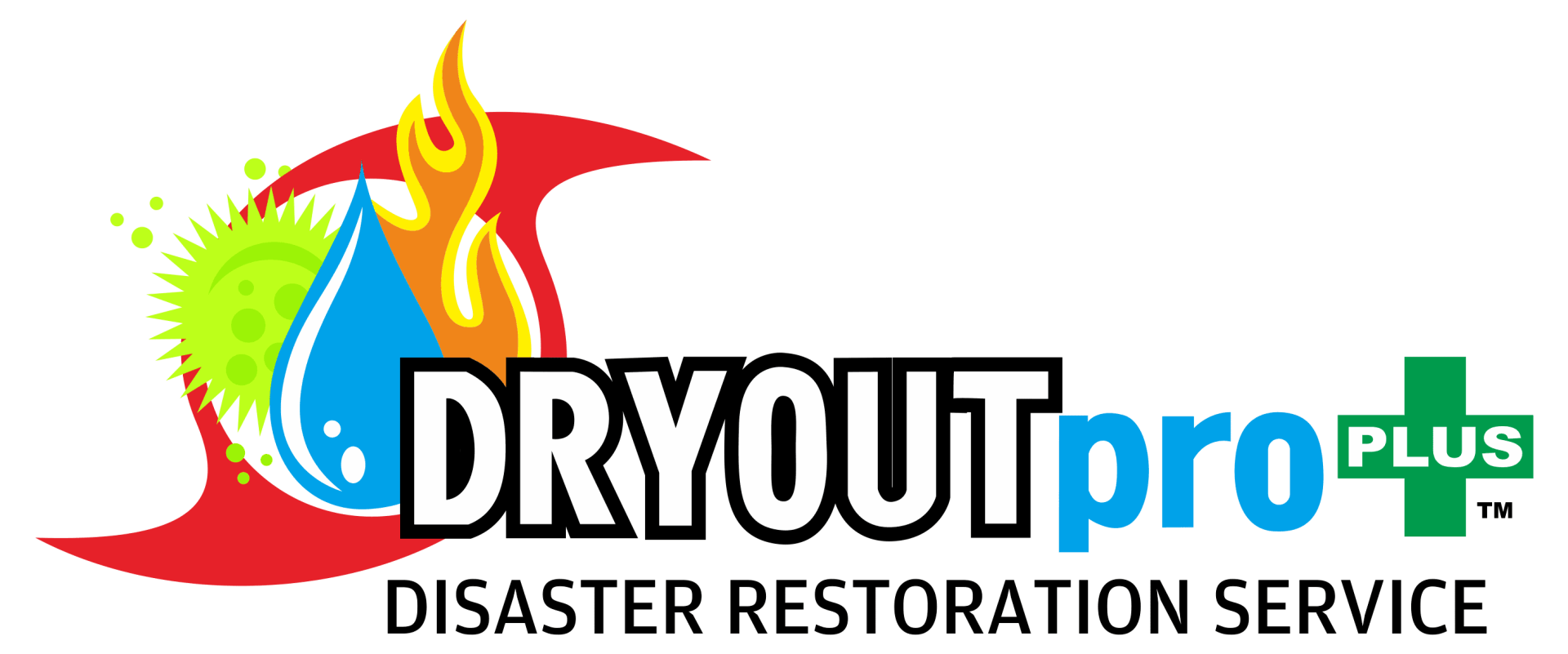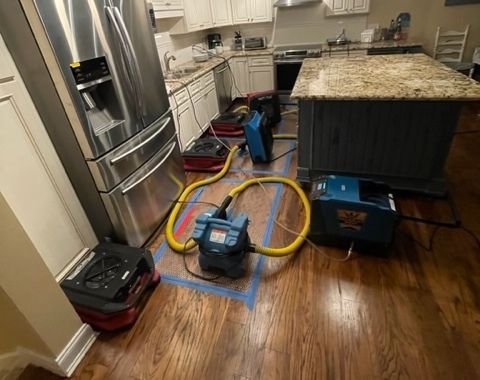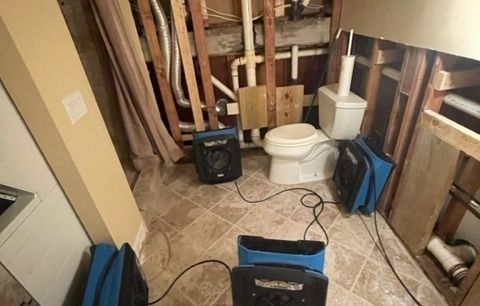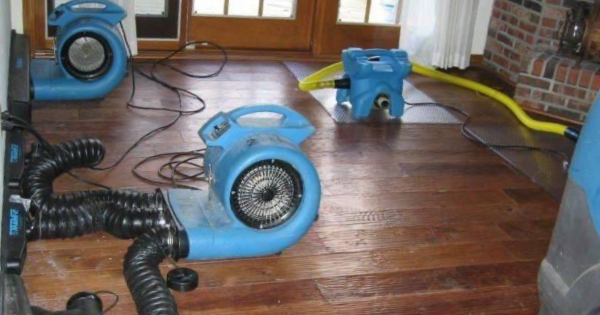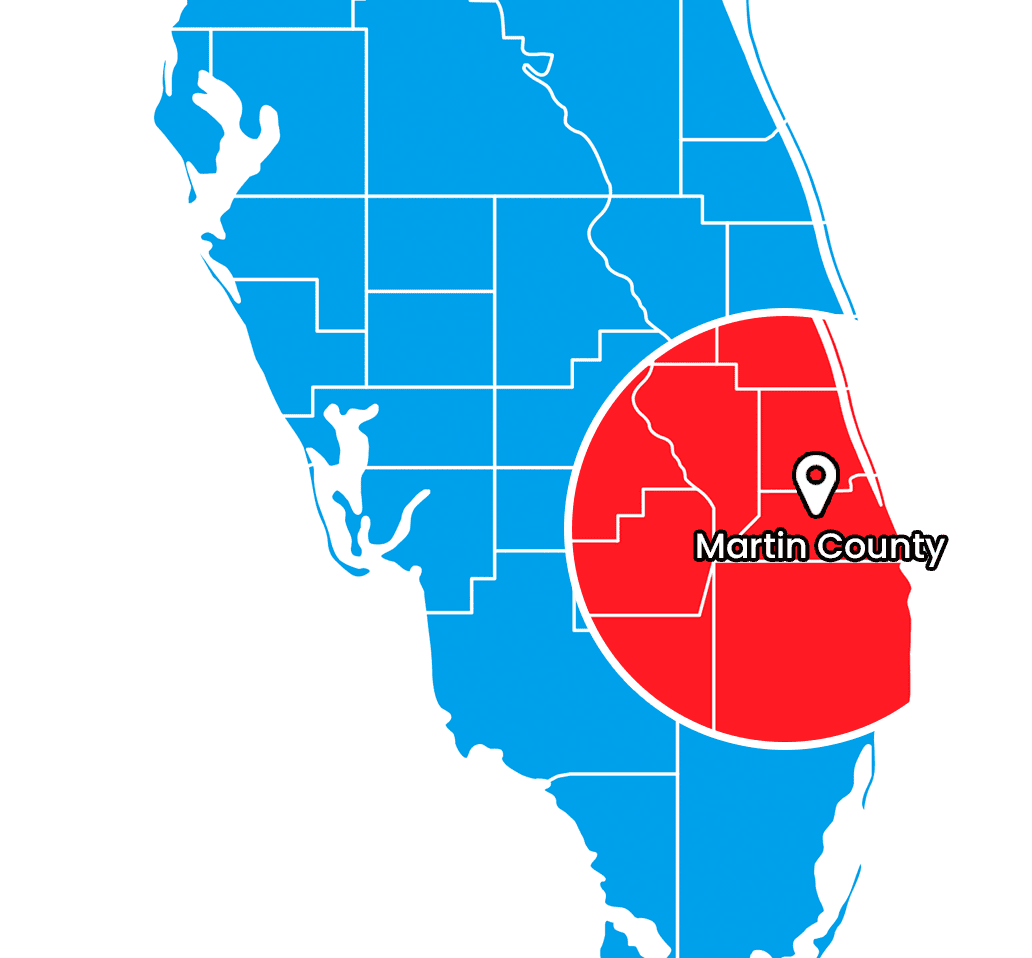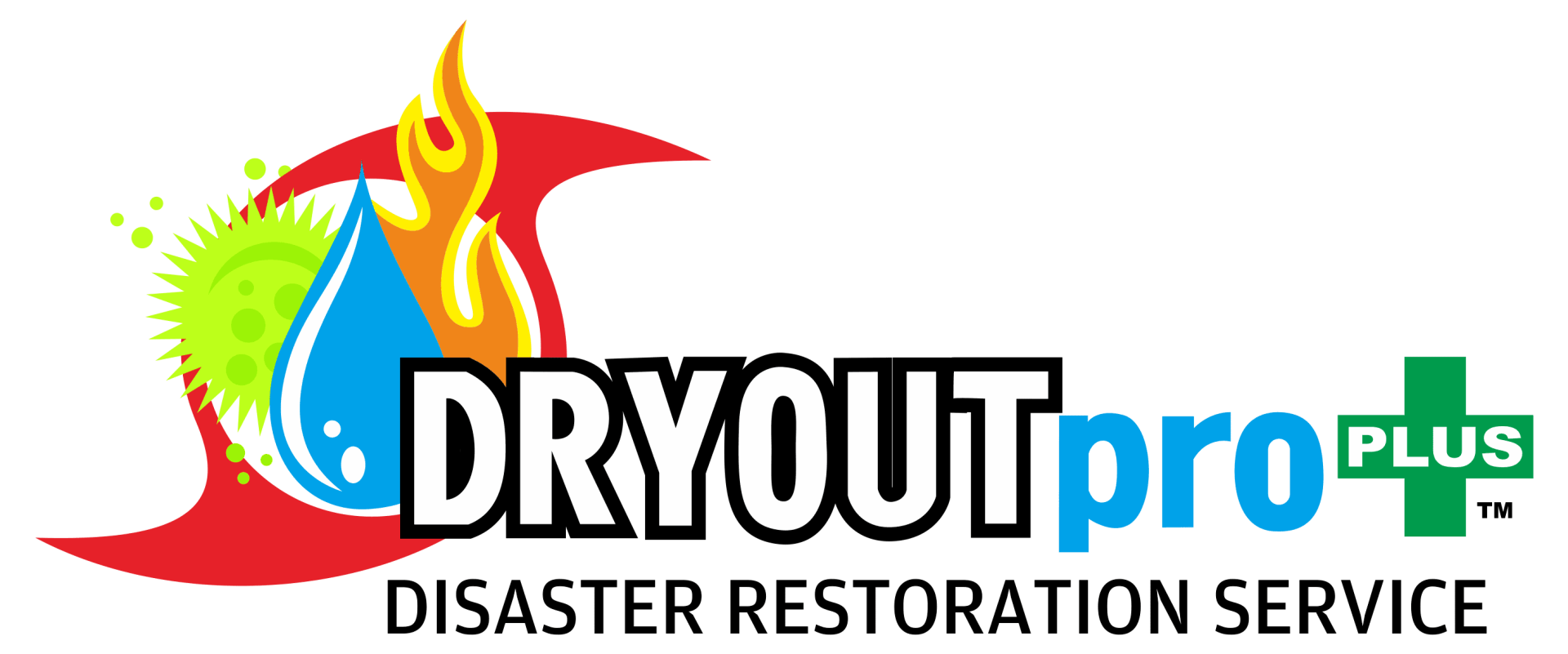
Fire Damage Cleanup Process
October 23, 2021
If you're dealing with fire damage, you may believe that fire damage cleaning requires a great deal of elbow grease. Regrettably, this is not the case. While there are certain things you can do on your own to assist with cleaning up any damages, there are many occasions when it is better to bring in the experts. This is particularly true when it comes to the fire damage cleanup process.
The fire damage cleanup process necessitates more than just a little elbow grease to complete. It's much more complex and requires a high level of technical expertise that not everyone has. This is why it is advisable to seek the assistance of a professional fire damage cleanup company.
Steps In The Fire Damage Cleanup Process
1. Assess The Amount Of Damage
Assessing the damage is a critical stage in the fire damage cleanup process. This may seem self-evident, but it's critical not to underestimate the extent of fire damage. The naked eye cannot see everything, and damage may deteriorate with time. If you've suffered significant fire damage to your property, it's a good idea to call a professional fire cleanup company. Not only may they assist with damage assessment, but they can also initiate the fire damage cleanup process, which may include removing damaged goods, replacing damaged things, and returning to pre-fire state. If, on the other hand, the damage is little, you may be able to clean up the fire damage on your own.
2. Isolate Dangerous Areas
After the examination and evaluation have been completed. The next stage in the fire damage cleanup process is to secure the dangerous area. A professional fire damage cleanup company will take the required precautions to protect the dangerous area in your home, preventing future issues.
3. Extraction Of Water And Drying Off The Area
While firemen would often spray your property with fire retardant, large fires may need water to control the blaze. When water is used to extinguish a fire, it rapidly hardens, creating a crust several feet thick on exposed surfaces. Because this crust obstructs the evaporation of water, it is critical to remove it as quickly as possible. Water that remains must be removed. This may be accomplished by mopping or vacuuming. Make no attempt to extract water from carpets or floors; this will worsen the issue. After a fire, it's a good idea to get your carpets professionally cleaned. A skilled expert will understand the proper procedure for removing soot from carpets and upholstery, as well as mold and bacteria that grow in moist environments. After cleaning, carpets may be sterilized to eliminate any residual mold. Any furniture that has been consumed by the fire should be discarded, since it cannot be restored to its former state. After removing any residual water, it's time to dry off the area. To expedite the drying process, open all windows and doors and put on fans or dehumidifiers.
4. Remove Soot And Smoke Residue
After eliminating moisture and water, the soot and smoke residue must be removed. You can complete this step entirely on your own. Using the proper cleaning solution to remove soot and smoke residue is critical. Hydroxide, potassium hydroxide, hydrogen peroxide, alkaline detergent, and sodium hydroxide are all examples of cleaning solutions. Dry cleaning solutions such as sodium hydroxide and hydrogen peroxide are often utilized. Stronger cleaning agents include hydrogen peroxide and potassium hydroxide.
To remove soot and ash, strong cleaning treatments are required. The solution cleans the walls, furniture, appliances, carpets, and upholstery of soot and ash. The solution is sprayed and wiped clean on the soot and ash. Additionally, upholstered furniture is treated with the solution and allowed to sit for 15 minutes. After that, the solution is wiped clean once again.
However, doing this step alone is a little difficult due to the usage of powerful chemicals that are dangerous when breathed. You may always hire a professional fire damage cleanup company to take care of the difficult job for you. They are equipped with the necessary skills and equipment to deal with these dangerous chemicals.
5. Sanitize And Clean The Area
Sanitizing is the next critical stage in the fire damage cleanup process. Mold spores or bacteria should not be allowed to develop in burnt areas, since they may exacerbate the burn damage.
6. Repairs And Restoration
After cleaning is complete, it's time to begin repairs and renovations. If you have little damage to your house, you may complete this stage on your own, but if you have significant damage, such as structural damage, you may lack the necessary tools. You can always hire a professional to do it for you.
Looking For A Fire Damage Restoration Company Serving Florida?
Call DRYOUTpro PLUS, INC. at (772) 288-4222 now for 24 fire damage restoration, water cleanup or mold remediation along with any of our other services or receive a quick quotation from our website. Our fire damage restoration specialists will get to you and will speak to you about our fire damage cleanup process for your home or business in 30 to 60 minutes.
Learn More About Fire Damage Restoration Cost
